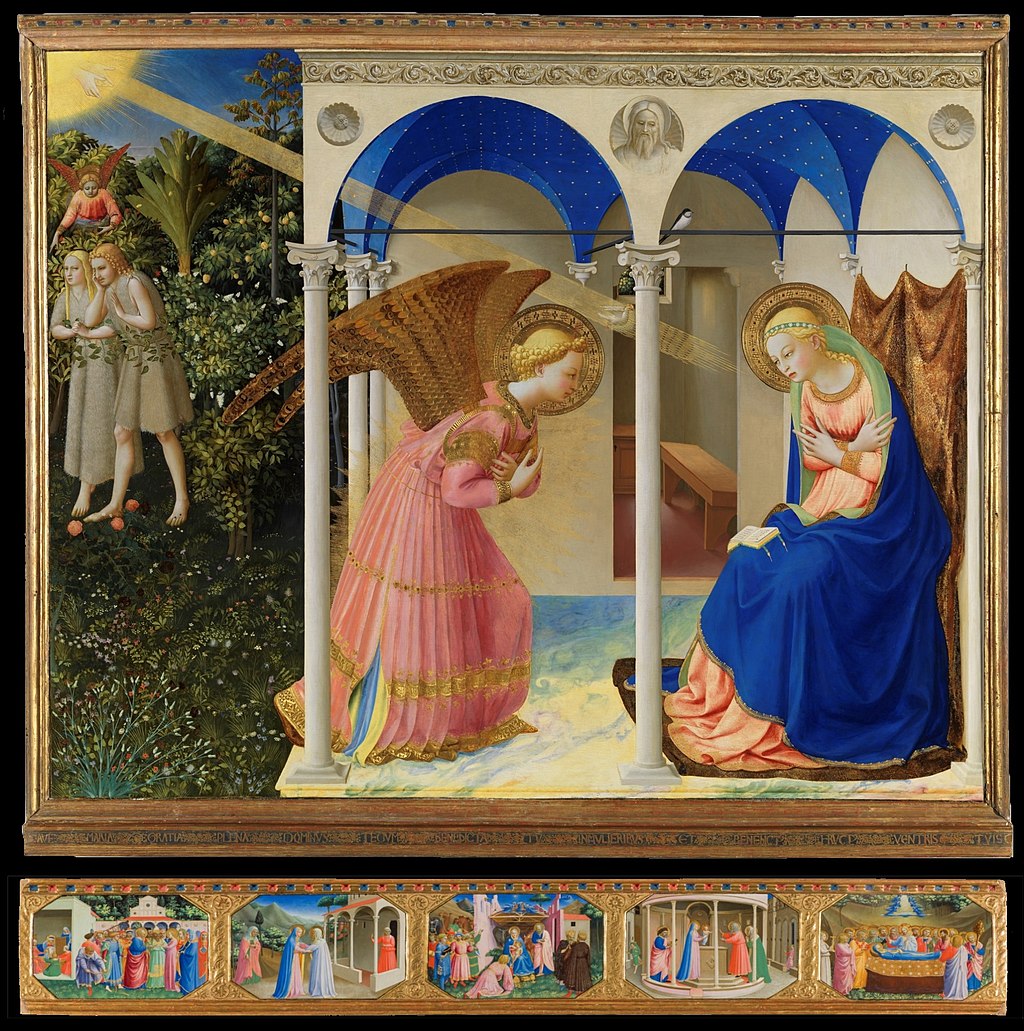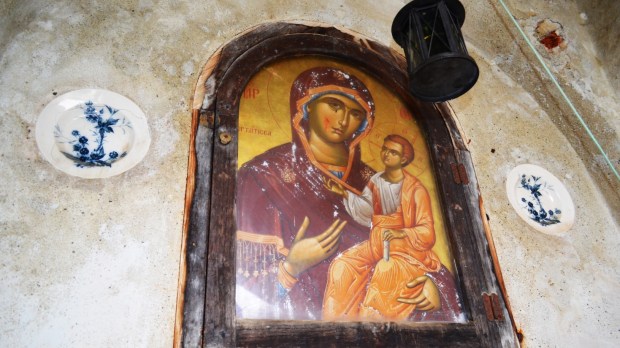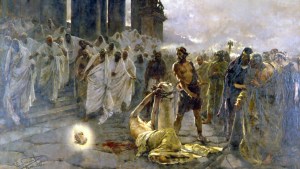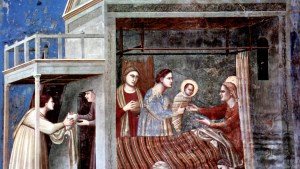Erwin Panofsky was a prominent German-Jewish art historian whose groundbreaking work in the field of art analysis and interpretation has had a lasting impact on the study of art history. He is best known for developing the iconographic-iconologic method, a critical (and highly original) approach that focuses on the analysis of symbols, motifs, and cultural context in works of art. This method has proven especially valuable for students of religious art, as it provides a powerful framework for understanding the deeper meanings and messages conveyed through religious imagery.
Panofsky first went to the United States in 1931 to teach at New York University. Although initially allowed to spend alternate terms in Hamburg and New York City, once the Nazis came to power his appointment in Hamburg was terminated because he was Jewish. As a consequence, he had to remain permanently in the United States.
By 1934, he was teaching at New York University and Princeton University, and in 1935 he was finally invited to join the faculty of the new Institute for Advanced Study in Princeton, New Jersey, where he remained for the rest of his career.
Panofsky’s iconographic-iconologic method emphasizes the importance of examining the symbolism and iconography within artworks.
Iconography refers to the identification and analysis of specific symbols, themes, and visual elements present in an artwork, while iconology delves deeper into the cultural, historical, and philosophical context behind these symbols. This dual approach allows scholars to uncover the layers of meaning in religious art, making it particularly significant for students studying this genre.

One key reason why the iconographic-iconologic method is vital for students of religious art is that it enables them to decode the rich symbolism found in religious paintings, sculptures, and architecture. In religious art, symbols are often used to convey complex theological concepts, stories, and beliefs. Panofsky’s method equips students with the tools to recognize and interpret these symbols, helping them understand the deeper spiritual, cultural, and sometimes even political significance of religious artworks.
Moreover, the iconographic-iconologic method aids students in tracing the evolution of religious imagery across different time periods and cultures, noting how philosophical, theological, and doctrinal elements are always present in religious art – even if unnoticed. By examining how religious symbols and motifs change and adapt, students can gain insights into the shifting religious attitudes and cultural contexts of various historical periods. This historical perspective enhances our understanding of how religious art reflects and influences the beliefs and values of different societies – and how society and religion have always gone hand in hand, influencing and shaping each other.
Finally, Panofsky’s method encourages students to explore the interplay between religious art and broader intellectual and philosophical currents. It helps them investigate how religious iconography interacts with theology, philosophy, literature, and social issues of the time. This interdisciplinary approach allows students to appreciate the multifaceted nature of religious art and its role in shaping and reflecting the cultural and spiritual dimensions of society. By applying this method, students can deepen their appreciation and comprehension of the profound and enduring significance of religious art in human history.



